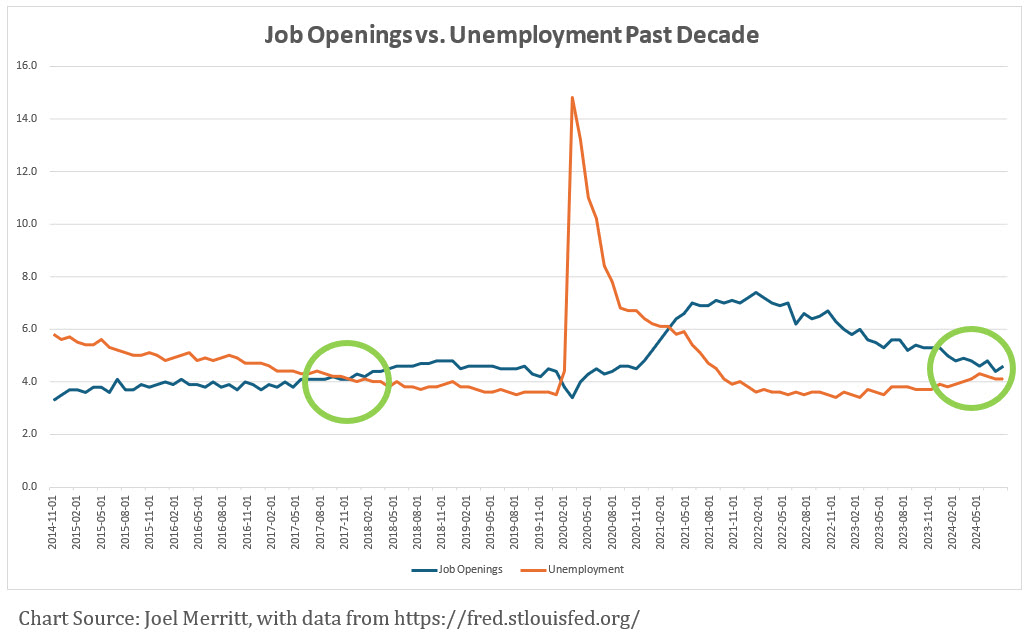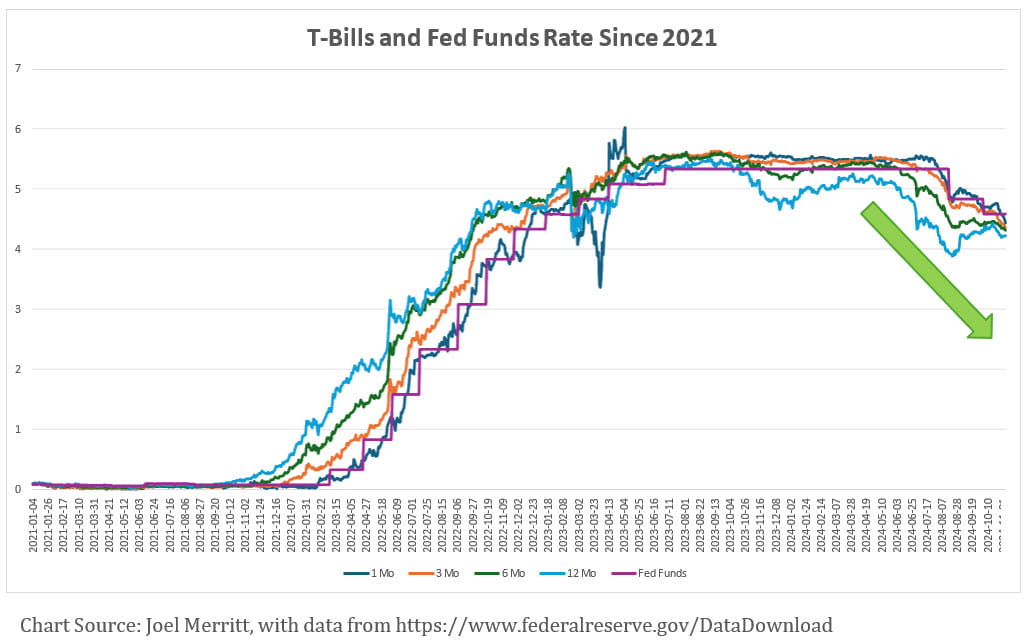2025 Tax Season Letter
Now that we’ve turned the page on 2024, the tax filing season is right around the corner. Every year, tax season seems more and more like a game of hide and seek: whether you’ve finished finding your hiding spot or not, eventually you’ll hear the words “Ready or not, here I come!” Here are a few things to keep in mind for the upcoming tax season:
- Beginning in 2025, the IRS is mandating that those who have inherited IRA accounts under the 10-year rule need to begin taking annual distributions. This applies to IRA accounts inherited after Throughout the year, we will be contacting those of you to whom this applies.
- 1099R forms, which report any distributions made from IRA accounts and annuities, must be mailed by January
- 1099 Composite forms report all income earned in non-IRA accounts by way of dividends, interest, capital gains distributions and capital gains from the sale of securities. These forms must be issued by February 15. However, because of the complexity of the accounting mandated to brokerage firms by the IRS, it is extremely difficult for firms to properly prepare these forms by February 15, and the issuance of these forms may be delayed until their final mailing deadline, which is March 15.
- Tax forms from Raymond James can be accessed online via Raymond James Client If you wish to access your forms online and haven’t done so in the past, feel free to call the office for further instruction.
During tax season, we receive a lot of phone calls (as you can imagine), so please understand if we cannot receive your call immediately. As I hope you well know by now, any missed calls will be returned within a reasonable period of time. Although this can be a busy time of the year, we look forward to the opportunities that it provides to be able to connect with our clients!
You’ll notice an insert with some charts included with this mailing. There are a number of different things in the economy and the markets that I track on a regular basis, and I’ve wanted to begin to share my perspective with you a bit more so that you can have a behind the scenes look at the things that factor into the advice that we give. I hope you’ll find it interesting!
Lastly, we’re looking to grow our business and are always interested in helping out friends and family of yours who might benefit from our services, so feel free to pass our name along to others! It is always a great honor when our clients refer us to those they care about.
We are pleased to serve you, and we look forward to hearing from you in the year ahead!

Ever since COVID, people have taken note of the fact that something about the about the labor market has been...off. It seems everyone had been hiring and yet everywhere was short-staffed, whether at restaurants, hospitals, dental offices, stores, or in construction. This has caused many people to wonder whether or not people even want to work anymore! The chart above shows the unemployment rate (orange line) versus job openings (blue line). When the blue line is above the orange line, that means that there are more than enough jobs for everyone who wants one and vice- versa when the orange line is above the blue line. Near the turn of 2018, there began to be more than enough jobs for everyone who wanted one, and this intensified during COVID. Hiring has now been in decline for coming up on three years, while unemployment has begun to modestly increase. This means that we're moving back toward an economic environment where there are no longer more than enough jobs for everyone who wants one, just like things were prior to 2018. As we approach this change in the labor market, this is something that I am keeping an eye on.
Investment advisory services offered through Raymond James Financial Services Advisors, Inc. Merritt Wealth & Retirement Advisors, Inc is not a registered broker/dealer and is independent of Raymond James Financial Services. Any opinions are those of Joel Merritt and not necessarily those of Raymond James. The information has been obtained from sources considered to be reliable, but we do not guarantee that the foregoing material is accurate or complete.

The interest rates on short-term US government bonds, which are called T-Bills (represented by the dark blue, light blue, orange and green lines), tend to form patterns that look like waves. The waves form in cycles, where interest rates tend to rise, level off and then come back down. You're most likely to notice these "T-Bill Waves" in the rates that are being paid on your bank accounts. Banks go through cycles where the interest rates they pay go up, level off and then come back down. In fact, you may have noticed that the interest rates your bank accounts are paying today are less than they were six months to a year ago, and that's because the T-Bill Wave is starting to come down (notice the green arrow). When storms form over the water, the waves that they create can cause damage if they hit the shore with too much force. The same thing holds true when it comes to T-Bill Waves—they can cause problems when they come down if they drop too suddenly. For this reason, I am regularly paying attention to this current T-Bill Wave to see how it comes down.
Investment advisory services offered through Raymond James Financial Services Advisors, Inc. Merritt Wealth & Retirement Advisors, Inc is not a registered broker/dealer and is independent of Raymond James Financial Services. Any opinions are those of Joel Merritt and not necessarily those of Raymond James. The information has been obtained from sources considered to be reliable, but we do not guarantee that the foregoing material is accurate or complete.

